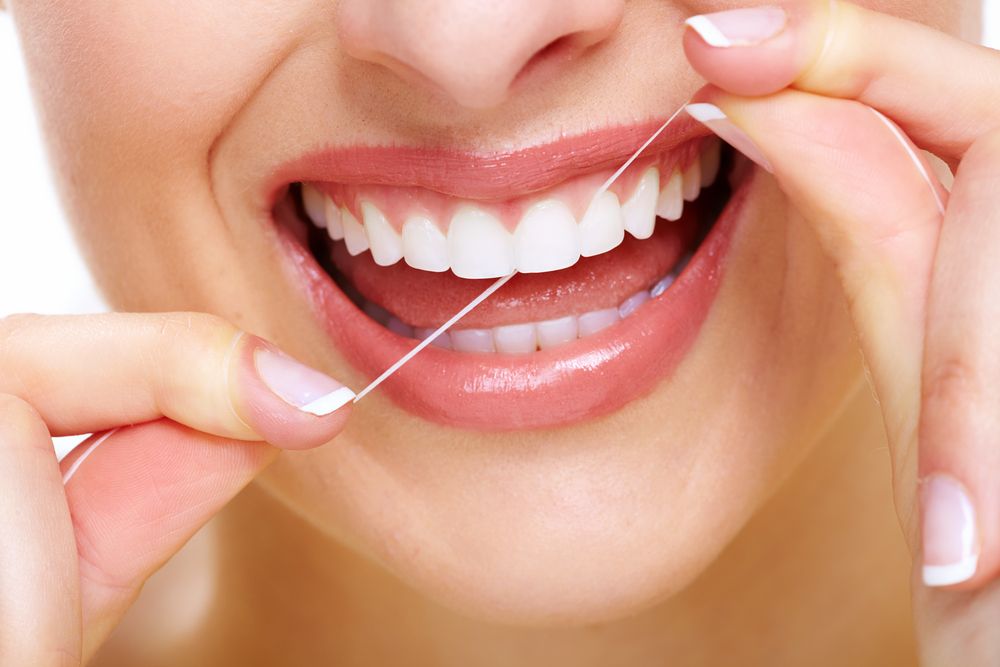How to Properly Brush and Floss Your Teeth

Maintaining good oral hygiene is the cornerstone of dental health. At Schowengerdt Family Dentistry in Lees Summit, MO, Dr. Brian Schowengerdt emphasizes the importance of proper brushing and flossing techniques. Let’s dive into the best practices for keeping your teeth clean and healthy.
The Importance of Proper Brushing
Brushing your teeth correctly removes plaque, prevents cavities, and maintains healthy gums. Here are the steps to ensure effective brushing:
- Choose the Right Toothbrush: Opt for a soft-bristled brush that comfortably fits in your mouth. Consider an electric toothbrush for a more thorough cleaning.
- Use Fluoride Toothpaste: Fluoride helps strengthen tooth enamel and prevent decay.
- Correct Angle and Motion: Hold your toothbrush at a 45-degree angle to your gums and use gentle, circular motions. Avoid harsh, back-and-forth scrubbing.
- Brush for Two Minutes: Ensure you brush for at least two minutes, covering all surfaces of your teeth.
- Don’t Forget Your Tongue: Brushing your tongue helps remove bacteria and freshen breath.
The Role of Flossing in Oral Hygiene
Flossing is equally important as it removes plaque and food particles from between your teeth and under the gumline, areas your toothbrush can’t reach. Here’s how to floss effectively:
- Use about 18 Inches of Floss: Wind most of the floss around each middle finger, leaving an inch or two to work with.
- Gentle Guiding: Gently guide the floss between your teeth using a rubbing motion.
- Curve the Floss: Once the floss reaches the gumline, curve it into a ‘C’ shape against one tooth and gently slide it into the space between the gum and tooth.
- Follow the Tooth Curve: Gently rub the side of the tooth, moving the floss away from the gum with up and down motions.
- Don’t Skip Teeth: Repeat this process on the rest of your teeth, including the back sides of your last teeth.
Brushing and Flossing with Dental Work
For those with Crowns & Bridges, Dental Implants, or Invisalign, it’s crucial to follow tailored brushing and flossing techniques to avoid damaging dental work and ensure cleanliness.
When to Brush and Floss
Brush twice a day, ideally in the morning and before bed. Flossing should be done at least once a day, preferably before bedtime, to remove daily plaque buildup and food particles.
Replacing Your Toothbrush
Replace your toothbrush or toothbrush head every three to four months or sooner if the bristles are frayed. A worn toothbrush won’t do a good job of cleaning your teeth.
Regular Dental Check-Ups
Combine your home oral care routine with regular Dental Cleaning & Consultation visits. Professional cleanings remove calculus (tartar) that brushing and flossing alone can’t.
Proper brushing and flossing are essential for maintaining oral health. By following these techniques, you’ll not only keep your teeth and gums healthy but also contribute to your overall well-being.
Schedule Your Next Dental Visit
Ready to ensure your oral hygiene routine is on track? Schedule a visit with Dr. Brian Schowengerdt at Schowengerdt Family Dentistry in Lees Summit, MO. Call 816-524-3535 today for a professional cleaning and personalized advice on your oral care routine.
Sources
- American Dental Association: Brushing Your Teeth
- Journal of Dental Hygiene: The Importance of Flossing
- National Institutes of Health: Oral Health and Dental Care
